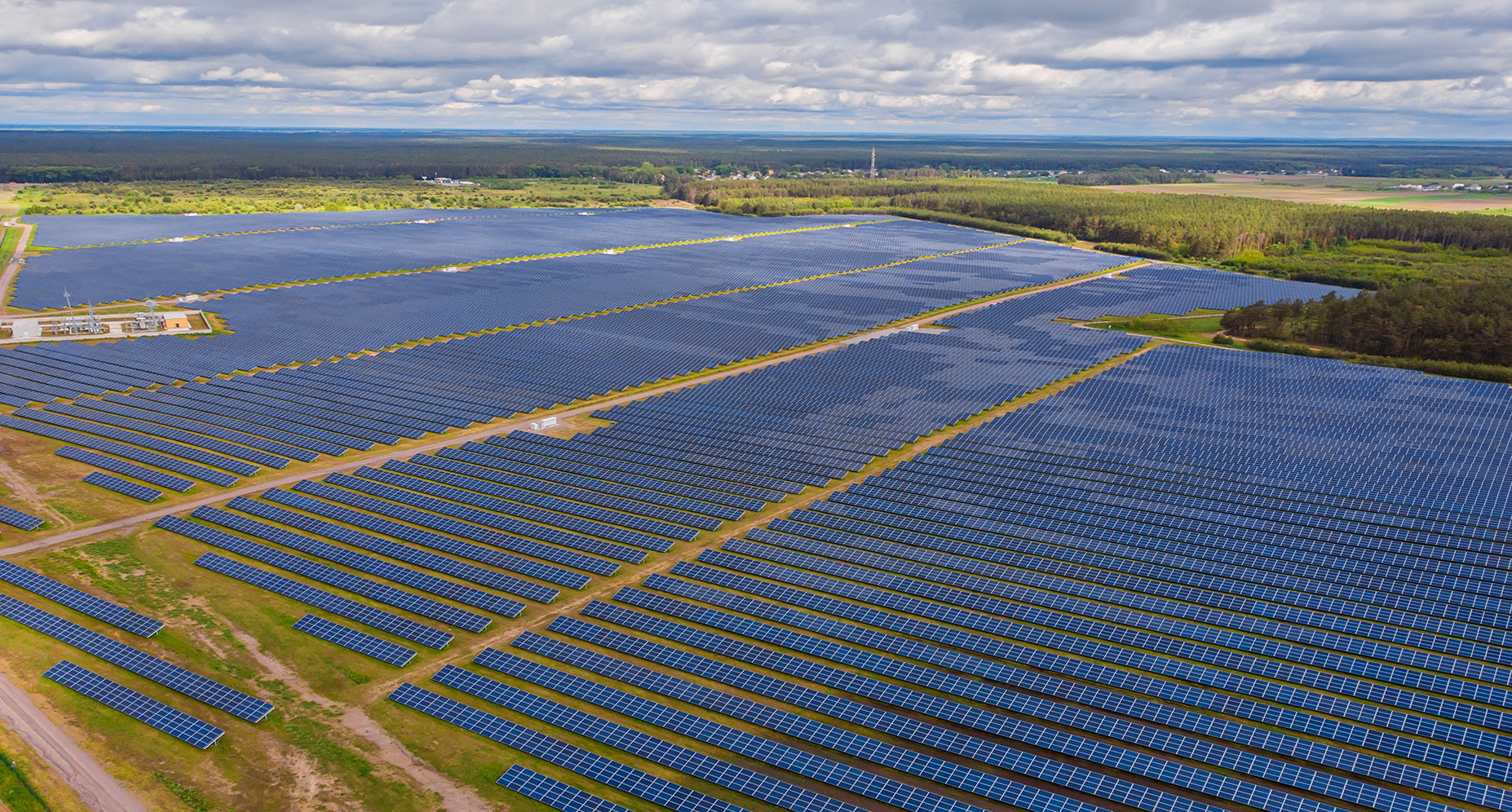How do solar panels work?

As the price of solar energy has declined in recent years, along with significant improvements in technical efficiency and production quality, the majority of homeowners in Armenia are already beginning to accept solar energy as a viable alternative energy solution. And when solar becomes the main source of electricity, the big question arises: how do solar batteries work? In this article we will give the solution to this issue.
How do solar panels work for your home?
Solar panels work by absorbing sunlight through photovoltaic cells, generating direct current (DC) energy, making it usable alternating current (AC) energy through inverter technology. The alternating current (AC) then flows through the electrical panel of the house and is distributed accordingly. Here are some basic steps you can take to begin the process of preparation for mediation.
1. Photovoltaic cells absorb solar energy and convert it into DC electricity
2. A solar inverter converts electricity from solar modules into alternating current (AC) electricity, which is used by most household appliances.
3. Electricity flows through your home, powering electronic devices.
4. Excess electricity produced by solar panels feeds the electrical grid, which is returned to you on fair days.
Blood cells are usually made of silicon, which is a semiconductor that can generate electricity.
This process is known as the "photovoltaic effect".
How Do Solar Panels Work to Generate Electricity?
Standard solar panels (also known as solar modules) are made up of many small photovoltaic cells, which means they can convert sunlight into electricity, a metal frame, a glass case, and various electrical wires. These cells are made of semiconductor materials, most commonly silicon (element 14 of the periodic table), which can conduct electricity while maintaining the electrical imbalance needed to create an electric field. When light interacts with a silicon cell, it causes electrons to move, which implies an electric current. This is known as the "photovoltaic effect", it describes the general functionality of solar panel technology.
And what is the photovoltaic effect?
The main purpose of solar panels is to convert solar light into electricity based on the physical law of photoelectric effect. The phenomenon of generating electricity with solar panels is called the photovoltaic effect.
It was first discovered in 1839 by Edmond Becquerel. The photovoltaic effect allows the semiconductors to generate electricity when exposed to sunlight.
The infographic below explains how solar panels work.
Additional important parts of the blood panels:
In addition to their silicon blood cells, the standard blood module includes a glass case that provides strength and protection for the silicon cells. Under the glass outside, the panel has an insulation layer - a protective film that protects the inside of the panel from heat and moisture. Isolation is important as rising temperatures will reduce efficiency, which will result in lower solar cell efficiency.
Blood cells have an anti-reflective coating that increases the absorption of light by the sun, allowing the silicon cells to receive the maximum amount of sunlight. Silicon blood cells are generally produced in two cell structures: monocrystalline or polycrystalline. Monocrystalline cells are made up of a single silicon crystal, while multicrystalline cells are made up of fragments of silicon. Mono-dials provide more space for electrons to move, thus offering higher efficiency solar technology than polycrystals, although they are usually more expensive.
Additional important parts of the blood panels:
In addition to their silicon blood cells, the standard blood module includes a glass case that provides strength and protection for the silicon cells. Under the glass outside, the panel has an insulation layer - a protective film that protects the inside of the panel from heat and moisture. Isolation is important as rising temperatures will reduce efficiency, which will result in lower solar cell efficiency.

